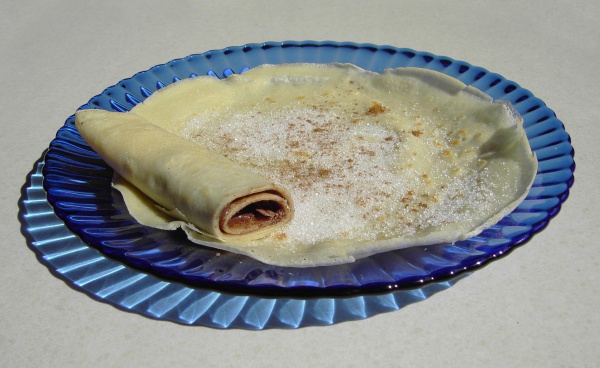Facts About Palatschinke
Palatschinke is a delightful, thin pancake, akin to a crêpe, with origins tracing back to ancient Greece and Rome. This versatile dish is especially beloved in South and West Slavic countries and throughout Central and Eastern Europe. Depending on the region, you might encounter it as Palaçinka, palacinka, palačinka, palacinta, палачинка, naleśnik, clătite, or palacsinta.
The name "Palatschinke" derives from the Latin word "placenta" which in turn originates from the Greek "plakous" meaning a thin or layered flatbread. As this dish spread across various regions in Central and Southeastern Europe, it adopted different names and minor recipe variations. The Hungarian "palacsinta" is believed to stem from the Czech "palačinka" which has its roots in the Romanian "plăcintă."
While sharing similarities with French crêpes, Palatschinken possess their own distinctive charm. They are prepared from a simple batter of eggs, flour, milk, and a pinch of salt, then fried in butter or oil until golden. What truly sets them apart is the limitless array of filling options. Enjoy them sweet with jams, fruit sauces, or chocolate, or savor them with fillings such as cheese, vegetables, or meats. Noteworthy versions include the indulgent Gundel pancake and the layered Rakott palacsinta.
Palatschinken can also be enjoyed plain or incorporated into other dishes, such as Frittaten soup, where they are sliced into strips and added to the broth. This beloved pancake epitomizes the rich tapestry of European culinary traditions, blending influences from various cultures over centuries.
